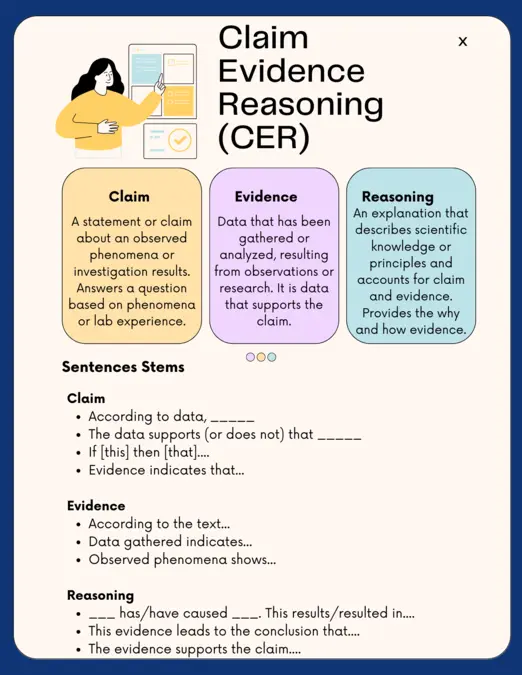Introduction to CER
CER, an acronym that can stand for several different terms across various industries, is a fascinating subject with a broad range of applications. In this article, we will explore some of the most common interpretations and uses of CER, including Cost Effectiveness Analysis (CEA), Continuous Emission Monitoring (CEM), and Clinical Evaluation Report (CER). By delving into each of these areas, we aim to provide a comprehensive understanding of CER’s significance and its impact on different sectors.
Cost Effectiveness Analysis (CEA)
What is CEA?
Cost Effectiveness Analysis (CEA) is a method used primarily in health economics to compare the relative expenses and outcomes (effects) of different courses of action. By calculating the cost per unit of outcome (like cost per life-year saved), CEA helps policymakers and healthcare providers make informed decisions about the allocation of limited resources.
Importance of CEA in Healthcare
CEA is crucial in healthcare because it provides a systematic approach to evaluating the value of medical interventions. For instance, when deciding whether to fund a new cancer treatment, healthcare authorities can use CEA to determine if the treatment’s benefits justify its costs compared to existing therapies. This method ensures that resources are used efficiently to maximize patient outcomes.
Examples of CEA in Action
One notable example of CEA in action is in the evaluation of vaccination programs. By analyzing the costs associated with vaccinating a population against a particular disease versus the healthcare costs saved by preventing the disease, health officials can make data-driven decisions that promote public health and optimize budget use. Another example is in the assessment of new pharmaceuticals, where CEA helps determine whether the additional benefits of a new drug outweigh the extra costs compared to standard treatments.
Continuous Emission Monitoring (CEM)
Understanding CEM
Continuous Emission Monitoring (CEM) refers to the process of continuously collecting and analyzing data on pollutant emissions from industrial sources. This monitoring is essential for ensuring compliance with environmental regulations and for identifying opportunities to reduce emissions and improve air quality.
The Role of CEM in Environmental Protection
CEM plays a pivotal role in environmental protection by providing real-time data on emissions, enabling industries to promptly address any deviations from regulatory limits. This proactive approach helps minimize the environmental impact of industrial activities and supports the enforcement of air quality standards. By maintaining a constant check on emissions, industries can also implement strategies to reduce their carbon footprint and contribute to global efforts against climate change.
Technologies and Methods in CEM

The Cer Various technologies and methods are employed in CEM systems, including gas analyzers, particulate monitors, and data acquisition systems. Gas analyzers measure concentrations of specific pollutants like sulfur dioxide (SO2), nitrogen oxides (NOx), and carbon monoxide (CO). Particulate monitors, on the other hand, measure the amount of particulate matter in the emissions. Data acquisition systems collect and process the data, providing actionable insights for regulatory compliance and operational efficiency.
Clinical Evaluation Report (CER)
What is a Clinical Evaluation Report?
A Clinical Evaluation Report (CER) is a comprehensive document required for the approval and ongoing assessment of medical devices in the European Union. The CER demonstrates that a medical device is safe and performs as intended, based on clinical data and literature.
The Importance of CER in Medical Device Approval
The CER is a critical component in the regulatory framework for medical devices. It ensures that only devices that have been rigorously tested for safety and effectiveness are available on the market. This process helps protect patients and healthcare providers from potential risks associated with new medical technologies. Moreover, the CER process encourages continuous improvement and innovation within the medical device industry by setting high standards for clinical evidence.
Preparing a CER: Challenges and Best Practices
Preparing a CER involves several challenges, including the collection and analysis of relevant clinical data, thorough literature reviews, and compliance with regulatory requirements. Best practices for preparing a CER include developing a robust clinical evaluation plan, maintaining up-to-date clinical data, and engaging with experienced regulatory professionals. Additionally, leveraging systematic review methodologies and clear documentation can streamline the CER process and enhance its quality.
Conclusion
The term CER encompasses a variety of concepts across different fields, each playing a vital role in its respective industry. From Cost-Effectiveness Analysis in healthcare, which ensures optimal resource allocation, to Continuous Emission Monitoring in environmental protection, which safeguards air quality, and Clinical Evaluation Reports in medical device regulation, which ensure safety and efficacy—CER is integral to advancing our society. Understanding these different facets of CER helps us appreciate its importance and the expertise required to implement it effectively.
